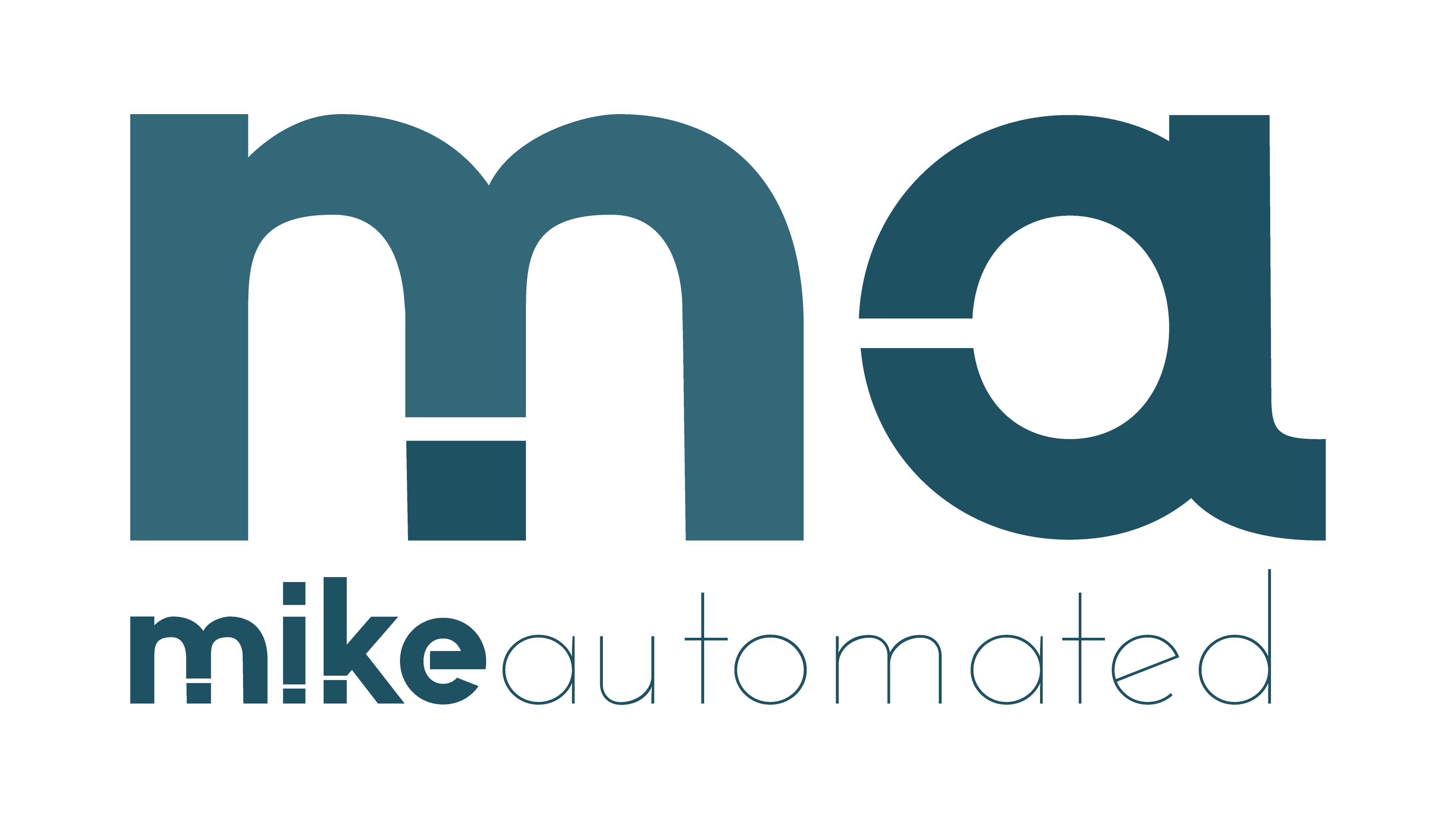Automating the Customer Journey: Retaining the Human Element in a Digital Age
Automation isn’t about replacing the personal touch in customer interactions; it’s about amplifying the best aspects of your customer experience while streamlining processes. In today’s fast-evolving marketplace, business owners, marketing directors, and operations leaders are increasingly seeking a balance between efficiency and empathy. The key question emerges: How do you automate your customer journey without losing the human touch? In this article, we explore actionable strategies and frameworks designed to maintain authenticity and engagement, all while leveraging the latest in CRM automation and AI marketing techniques.
Understanding the Human Touch in Automation
At its most basic, automation is about process efficiency, but a quality customer journey is built on trust and genuine engagement. Think of automation as the supportive scaffolding for your business rather than its architecture; it holds things together, but doesn’t define personality or unique values. The human touch comes from the relationships you’ve built over time. In this context, machine learning, CRM systems, and AI tools should support — not replace — the warm interactions that define your brand.
The Role of CRM Automation in Enhancing Customer Experience
Customer Relationship Management (CRM) systems have evolved far beyond simple contact management. With modern CRM automation, tasks like data segmentation, drip email campaigns, and behavioral-based triggers have become more sophisticated. However, they must be implemented with an intentional strategy that has the customer experience in mind. Imagine a carefully strategized roadmap where each automated touchpoint is designed to serve a purpose: a personalized welcome, timely follow-ups, or tailored recommendations based on past behavior. When these are fused with intelligent AI marketing, the technology doesn’t just react—it anticipates. For example, a CRM automation tool might send a personalized email after a purchase, which not only thanks the customer but also provides information about complementary products tailored specifically for them.
Real-World Example: The MikeAutomated Approach
A practical illustration comes from MikeAutomated, a leading agency specializing in marketing and automation solutions. They have perfected the art of blending CRM automation with AI insights to create a seamless customer journey. By integrating data-driven insights with traditional customer service principles, MikeAutomated helps businesses to unlock hidden opportunities and avoid pitfalls. One example includes a scenario where an online retailer used AI-driven segmentation to identify dormant customers. With a targeted CRM campaign that re-engaged them through personalized messaging, the company reignited customer interest and saw a significant lift in repeat purchases. This success story isn’t just about numbers; it’s about the delicate balance of technology guiding engagement without overshadowing personalized communication.
Actionable Frameworks for Seamless Automation
To achieve a harmonious blend of efficiency and empathy, consider the following actionable frameworks designed to automate the customer journey while preserving the personal connection:
- Mapping the Customer Journey: Begin by meticulously outlining each step of the customer experience, from initial awareness to post-purchase follow-up. Identify where automated interactions can add value and where a human touch is irreplaceable.
- Segmenting Your Audience: Use AI tools to categorize customers based on behavior, preferences, and purchase history. This segmentation allows you to create tailored automated messages that feel genuinely personal.
- Personalization at Scale: Leverage CRM automation to integrate customer data with AI marketing. Tools like dynamic content insertion in emails, personalized recommendations on landing pages, and AI chatbots can provide a unique experience for each user.
- Feedback Loops: Establish mechanisms to regularly collect customer feedback. Automated surveys, social media listening, and post-interaction ratings are invaluable for refining your strategies.
- Continuous Testing and Optimization: Automation should not be static. Regularly test different approaches and use real-time analytics to adapt. A/B testing of email content or AI chatbot scripts can dramatically improve conversion rates and satisfaction.
Balancing AI and Human Interaction
An essential aspect of automation is ensuring that technology doesn’t create a cold, impersonal experience. Integrating artificial intelligence in marketing enhances personalization but can also lead to over-automation if not managed properly. The best strategy is to use AI to handle routine tasks — data entry, initial customer inquiries, and backend management — leaving nuanced and emotive tasks to human employees.
This division of labor acts like a finely tuned symphony, where AI systems handle the steady rhythm while human agents perform the crescendos that create an emotional connection. Consider a customer who receives a prompt, personalized follow-up email after purchasing from your site. The email, crafted using AI insights, includes a link to book a personalized consultation with a human expert if further clarification is needed. Such strategies ensure that while processes are automated, the opportunity for enriched, human interaction is never lost.
Implementing the Framework in Your Business
For many businesses, the journey toward smart automation begins with a reassessment of existing processes. Here are a few practical steps to start implementing these frameworks:
- Audit Your Current Processes: Evaluate your existing customer journey. Identify repetitive tasks that can be automated without disrupting personal interactions. Understand which touchpoints are most valued by your customers.
- Invest in Scalable Technology: Choose CRM systems that not only automate tasks but also integrate with AI tools for advanced customer insights. Look for platforms that offer customization and real-time analytics.
- Train Your Team: A successful integration of automation tools requires that your team understands the technology and its limits. Investment in training can ensure that human agents are always ready to step in when complex issues arise.
- Start Small and Scale: Experiment with automating a few aspects of your journey first. Analyze the results, gather feedback, and gradually expand the scope of automation. The iterative process minimizes disruption while building confidence in the technology.
Mental Models for a New Perspective
One way to think about the balance between automation and human engagement is to imagine a restaurant. Consider a restaurant where orders are taken via a digital kiosk to expedite the process. However, when it comes to food preparation and dining experience, the chef and the wait staff are key to delivering quality and warmth. Similarly, your automated systems are the digital kiosks: efficient, data-driven, and reliable. But your customer experience team is the chef and wait staff — responsible for infusing personality, empathy, and creativity into every interaction. This mental model helps clarify that automation is not about replacing humans, but rather about freeing them to do what they do best.
A Final Reflection on Transformation
As businesses navigate the crossroads of automation and personal engagement, a core truth emerges: technology should serve as an enabler rather than an end in itself. By strategically implementing CRM automation and leveraging AI marketing insights, companies can create sophisticated, personalized customer journeys that drive growth while preserving the essential human touch. In today’s competitive landscape, the businesses that succeed are those that integrate technology seamlessly into their core values, ensuring every automated interaction has a personalized heart at its center.
When you partner with experts like MikeAutomated, you gain not only cutting-edge tools and insights but also a strategic partner dedicated to turning complex systems into simple, actionable growth strategies. Embrace automation as a catalyst for transformation, not as a cold replacement for human interaction. The goal is to build a system where every digital interaction resonates with authenticity, enabling your business to thrive in a dynamic market.
Takeaway: Automation, when thoughtfully integrated, becomes the silent partner in delivering a customer experience that is both efficient and deeply personal. Invest in the right tools, train your team, and remember that while technology can streamline operations, the human element remains irreplaceable. Your customer journey, crafted with precision and care, is the ultimate brand differentiator.


